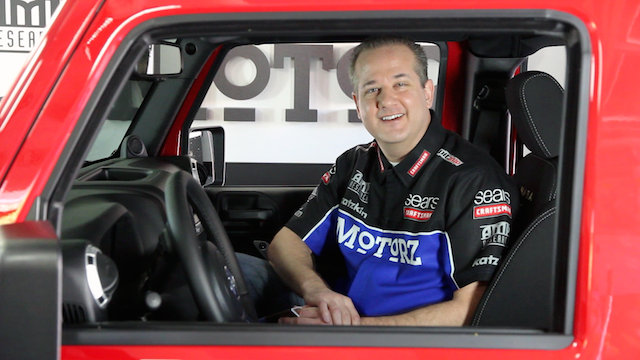 There are few activities more ubiquitous in life than driving. As a daily occurrence for the vast majority of us, it has become so routine that we simply don’t even think about it. However, this has a dangerous side effect. While zoning out or turning to other activities while driving is tempting, the seconds when it really matters can make the difference between life and death. By using a few simple techniques developed by professional drivers, it is surprisingly easy to become a far more alert, attentive and effective driver.
There are few activities more ubiquitous in life than driving. As a daily occurrence for the vast majority of us, it has become so routine that we simply don’t even think about it. However, this has a dangerous side effect. While zoning out or turning to other activities while driving is tempting, the seconds when it really matters can make the difference between life and death. By using a few simple techniques developed by professional drivers, it is surprisingly easy to become a far more alert, attentive and effective driver.
Believe it or not, the first major step towards being a better driver is seating position. You should have your seat close enough to the pedals so that even when you have fully depressed the brake, a 45-degree bend remains in your knee. This distance allows you to access all of the vehicle’s braking potential instantaneously instead of having to reach for it. Although a significant lean in the seat back may be comfortable, it compromises your grip of the steering wheel. Instead, move the seat back and steering wheel to the point where you have a 90 degree bend in your arms at the nine and three positions. This provides maximum control and access to greater steering angle.
One of the most common mistakes is to identify the head rest as just that. It is actually designed to function as a head restraint in the case of an accident. Using it as a head rest can limit your sightlines. Try putting your head against the head rest and sharply looking hard left or right. Now try the same with your head slightly forward. You will likely notice that you have immediately better sightlines a few tenths of a second quicker. This may seem trivial but in an emergency situation those fractions of a second can make a critical difference.
When seated in your vehicle, take four fingers and try to place them vertically between the top of your head and the roof. You should be able to snugly fit four fingers in that space. By allowing for approximately that much room, your eyes are much closer to the horizontal center of the windshield. With this viewpoint, it is possible to see more of the road, traffic ahead and upcoming hazards both straight ahead and through your peripheral vision.
Whether blasting down your favorite back road or getting on a sharp on-ramp, have you ever noticed that your body and neck physically lean into the corner? It is an instinctive reaction that can slow you down on the track and limit crucial visibility on the road. By leaning to one side or the other, your ability to look to the right or left side of the car is inherently lowered. By maintaining a straight neck your visibility outside of the car improves dramatically.
Long drives down the highway can lead to, not surprisingly, boredom. While listening to music, talking to a friend or simply letting your mind wander, chances are you lock onto the bumper of the car in front of you. When that car moves, you move accordingly. The danger in this behavior is that if the car in front of you drives off the road, you very well may follow it without thinking. To prevent it, always keep your eyes not where your car is, but where you want it to be. At 60 miles per hour, you are covering 88 feet per second. That means you cover a football field in 3.4 seconds.
No matter how solid your reaction times are, if you are staring at the car in front, you will not be able to make well-executed decisions. By always looking ahead of where you are, you have a far better possibility of seeing a hazard and taking action before it becomes a serious danger or collision. On the track, this same logic applies to looking for the apex. By the time your front wheels are clipping it, your eyes should have been on the next one for at least 1-2 seconds.
By following these basic steps, not only will your lap times improve but so will your safety as a driver. No matter what, you likely will be pleasantly surprised when noticing the difference that driving with high awareness, proper sightlines and focused posture makes.
[tweet_quote hashtags=”” ]Use these techniques developed by professionals to become a more alert, attentive and effective driver[/tweet_quote]

Discover more from Chris Duke
Subscribe to get the latest posts sent to your email.

Leave a Reply